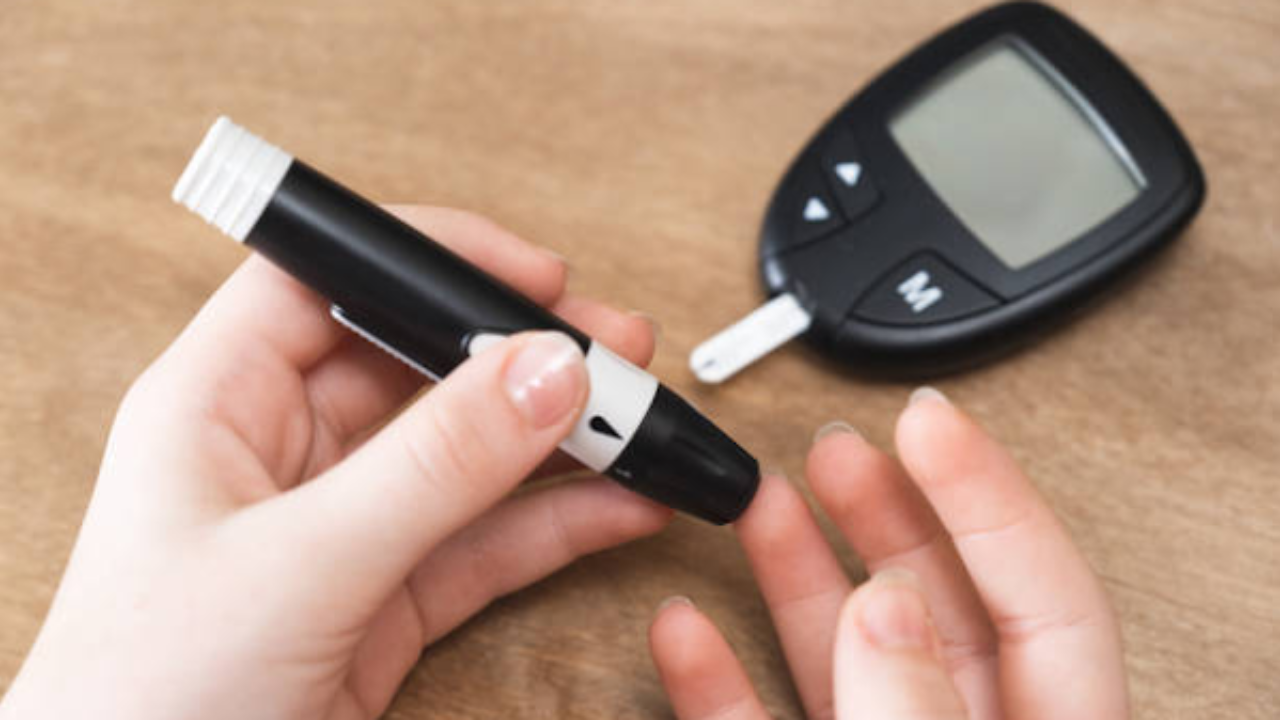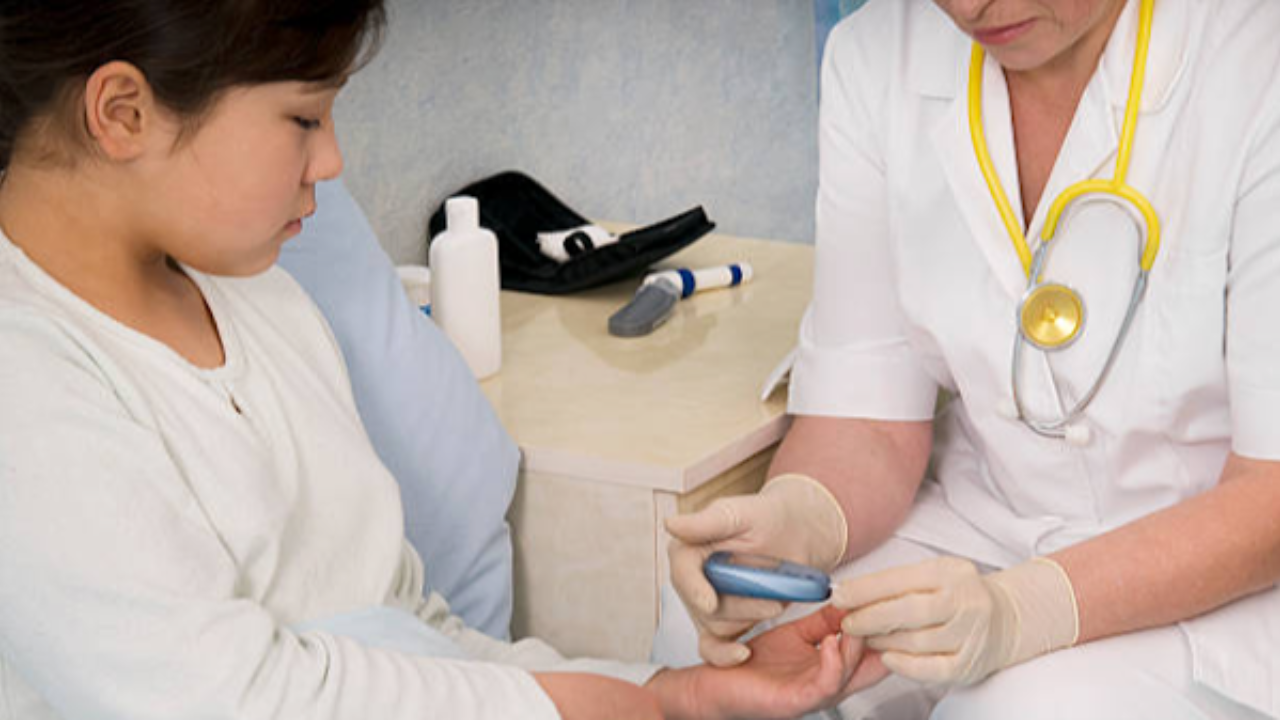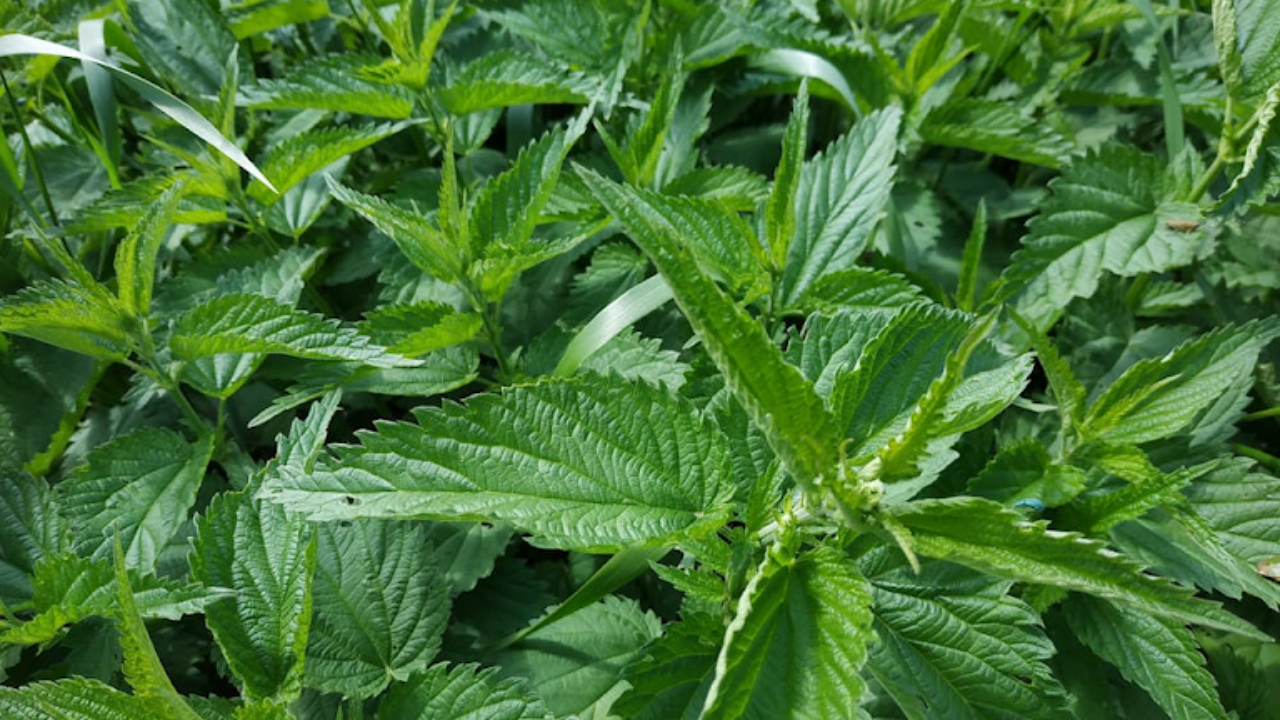Foods Raising Diabetes Risk

It's a question many of us have wondered, and the answers you'll find online can be confusing
With all the conflicting information available, you might feel like you need a secret decoder ring just to understand what's really going on with your diet and blood sugar levels. If you’re a high schooler trying to navigate this or a parent looking to help, this guide is for you. We’re cutting through the noise to give you the real facts, and we'll show you why working with a diabetes dietitian is one of the smartest moves you can make.
The Real Culprits Behind Rising Blood Sugar
First, let’s clear up a major myth: eating a single candy bar or a slice of cake does not "cause" diabetes. That's a huge oversimplification. What we're really talking about is a pattern of eating over time.
For Type 2 diabetes, the biggest factors are a combination of genetics, lifestyle, and diet. The foods that have the most significant impact are those high in simple carbohydrates and saturated fats. Think ...
Top 3 Causes of Diabetes

You’ve probably heard the term "diabetes" before
Maybe a friend or family member has it, or you've seen it on a public health poster. But do you really know what causes it? Many people don't realize there are different types of diabetes, each with its own set of causes. Let's unlock this mystery together! Knowing the facts is the first step toward better health and a more informed life. This guide will focus on the proven causes of the two most common types: Type 1 and Type 2 diabetes.
The Immune System's Mistake (Type 1 Diabetes)
Imagine your body's immune system as a superhero squad whose job is to protect you from bad guys like viruses and bacteria. In the case of Type 1 diabetes, this superhero squad makes a critical mistake. It gets confused and attacks the insulin-producing cells in your pancreas. These cells, called beta cells, are what create insulin, the hormone your body needs to get energy from the food you eat.
The Real Fix for Rebound Highs in T1D

Are you tired of the blood sugar rollercoaster?
You know the one you treat low, only to find yourself sky-high a short time later. It's a frustrating cycle that many people with Type 1 diabetes (T1D) on insulin pumps experience, and you're not doing anything wrong. In fact, there's a simple, science-backed reason for it, and an easy fix.
The Double Treatment Problem
When your blood sugar starts to drop, your insulin pump's algorithm (such as Tandem Control-IQ, Omnipod 5, or Medtronic’s Auto Mode) is designed to respond quickly. It recognizes the trend and suspends or reduces insulin delivery to protect you from a severe low blood sugar level. This is a crucial step that's already working in your favor.
The issue comes from what happens next. If you treat that low with the standard 15 - 20 grams of carbs you might use on multiple daily injections (MDI) or with full basal insulin running, you're essentially doubling up on the correction. Your pump has already reduced the insulin ...
4 Costco Finds for Blood Sugar Balance

Finding the right foods can be a game-changer when managing diabetes
Whether you're a high school student with newly diagnosed Type 1 diabetes or an adult with Type 2 diabetes, knowing what to grab at the grocery store is key to making meal planning easy and delicious. A registered dietitian and certified diabetes educator who also lives with diabetes spends a lot of time thinking about this.
That's why a trip to Costco is a perfect opportunity to stock up on healthy, blood sugar-friendly staples. Here are four absolute favorite finds, ideal for anyone looking to eat well and feel great.
1. Safe Catch Tuna
This isn’t just any can of tuna. For those focused on protein and minimal carbs, Safe Catch is a lifesaver. Each can is packed with a whopping 43 grams of protein and has basically zero carbs and fat. What really sets it apart, though, is its commitment to safety. Every single fish is individually tested for mercury, a heavy metal that no one wants in their body, but is especia...
Can You Really Reverse Diabetes?

Ever wondered if moving your body could actually turn the tide against diabetes
It's a question many ask, especially with all the health advice out there. If you're dealing with Type 1 diabetes (T1D) or Type 2 diabetes (T2D), or you know someone who is, you've come to the right place. We're going to dive into how exercise impacts diabetes and what it truly means for your health.
Let's get one thing straight: When we talk about "reversing" diabetes, especially Type 1, it's important to understand the nuances. Type 1 diabetes is an autoimmune condition, meaning the body attacks the cells that produce insulin. While exercise is incredibly beneficial for T1D management, it doesn't "cure" it. However, for Type 2 diabetes, the story can be different, and exercise plays a pivotal role in achieving remission for many!
How Exercise Benefits Type 1 Diabetes
How Serious Is Type 2 Diabetes?

It’s a question many ask, often with a whisper of worry: "Is type 2 diabetes life-threatening?"
The short answer is yes, it can be. But before you panic, let's unlock the full picture. Understanding type 2 diabetes (T2D) isn't about fear-mongering; it's about empowerment and taking control of your health. T2D is like a car with a warning light on. If you ignore it, serious problems can develop. If you address it with the right support, you can keep cruising smoothly for years to come.
Many people hear "diabetes" and immediately think of Type 2 diabetes (T2D), which is the most common form and often linked to lifestyle and genetic factors. While both Type 1 and Type 2 diabetes require careful management, they present different challenges and treatment approaches. A diabetes dietitian is your ultimate co-pilot on this journey. They help you navigate the complexities of food, blood sugar control, and overall well-being.
The Silent Dangers of Why T2D Needs Your Attention
So, how can T2...
4 Grocery Finds for Managing Diabetes

Managing diabetes doesn't mean giving up on delicious food or endless possibilities at the grocery store
Navigating the aisles can be an exciting adventure, full of blood sugar-friendly and taste bud-approved options. Whether someone is managing Type 1 diabetes or Type 2 diabetes, discovering new, healthy staples is key to a balanced lifestyle. A diabetes educator often highlights how simple grocery swaps can make a big difference.
A t2d dietitian or a t1d dietitian will often emphasize the importance of reading labels and understanding nutritional content. This guide focuses on four fantastic grocery finds that can become go-to items for anyone looking to manage their blood sugar while enjoying their meals. Let’s dive into some surprisingly delicious and diabetes-friendly items:
1. Real Good Foods Dino Nuggets
Who says managing diabetes means bland meals? For those who grew up loving dinosaur-shaped nuggets, or for parents looking for a healthier option for their kids, Real Goo...
4 Sam’s Club Must-Haves for Diabetes

Living with diabetes, whether it's Type 1 or Type 2, means constantly making smart food choices
It can feel like a guessing game sometimes, but it doesn't have to be. For anyone looking to eat well without breaking the bank or sacrificing flavor, a diabetes dietitian is an invaluable resource. This guide to Sam's Club is brought to you by a Registered Dietitian and Certified Diabetes Educator who lives with diabetes herself, so you can trust these recommendations are both practical and delicious.
Navigating a massive, buy-in-bulk warehouse store like Sam's Club can feel overwhelming, especially with so many choices. But with a little know-how, you can find incredible deals on foods that support your blood sugar goals. This will reveal four secret weapons for your grocery cart and prove that eating well with diabetes doesn't have to be boring. Discover how simple it can be to stock up on staples that are low-carb, high-protein, and packed with flavor.
Here are four game-changing fin...
Unlocking the Stages of Type 2 Diabetes

Navigating the world of diabetes can feel overwhelming, but understanding the basics is the first step toward taking control.
For many, a diagnosis of Type 2 diabetes (T2D) doesn't happen overnight; it's a journey that unfolds in a series of stages. Learning about these stages can empower you to make informed choices and work effectively with your healthcare team. This is where a diabetes dietitian becomes an invaluable part of your journey, whether you're managing Type 1 diabetes or Type 2 diabetes. Let's break down the four key stages of type 2 diabetes (T2D).
Insulin Resistance
Imagine your body's cells are like doors, and insulin is the key that lets sugar (glucose) inside for energy. In the first stage of T2D, these doors become a bit rusty. This is called insulin resistance. Your body is still producing insulin, but your cells don't respond to it as well as they should.
Think of it this way: your pancreas, which makes insulin, has to work extra hard to get the job done. It's ...
Diabetes Dietitian's Take on Stinging Nettle

Living with diabetes, whether it's type 1 or type 2, can feel like a constant balancing act.
You're always on the lookout for ways to manage your blood sugar, and you've probably heard about a ton of different supplements and "natural" remedies. One that's been gaining some attention is stinging nettle. Stinging nettle might not be the first thing that comes to mind when managing diabetes, but it's starting to gain attention in the world of natural remedies. Let's break down what the science says in a way that’s easy to understand. As a diabetes dietitian and Diabetes Educator, my goal is to give you the facts so you can make smart, informed choices.
Science Behind Stinging Nettle and Blood Sugar
Stinging nettle has been used for a long time for various health issues, from reducing inflammation and lowering blood pressure to helping with seasonal allergies. But when it comes to blood sugar, the jury is still out. Let's look at a few of the studies that have been done.
One study ...

